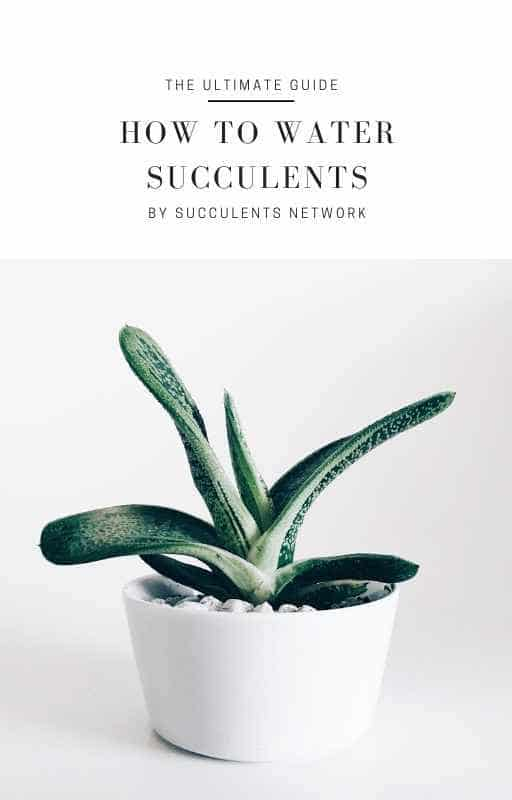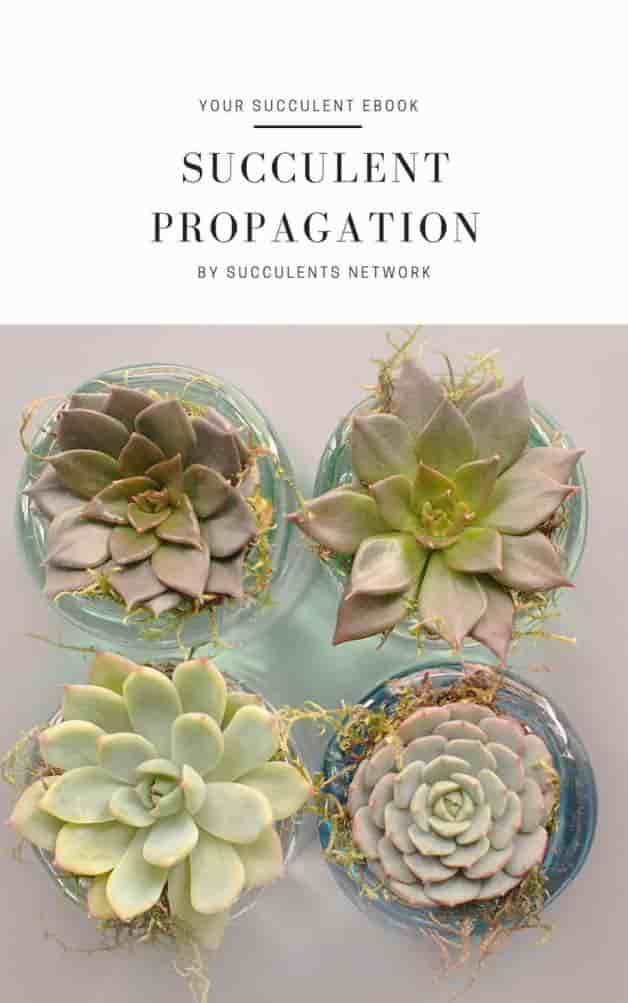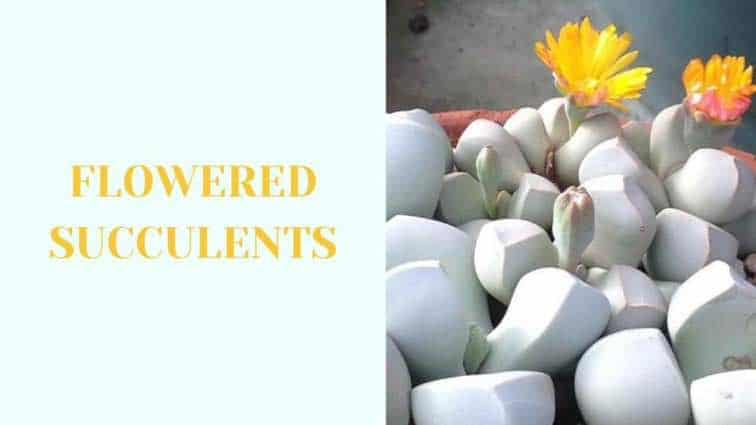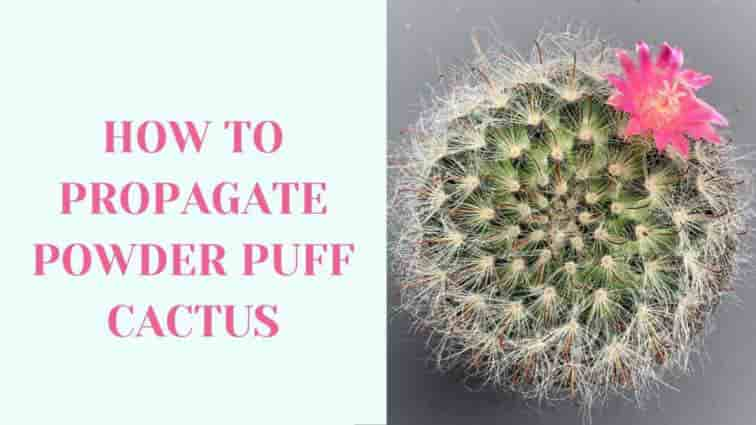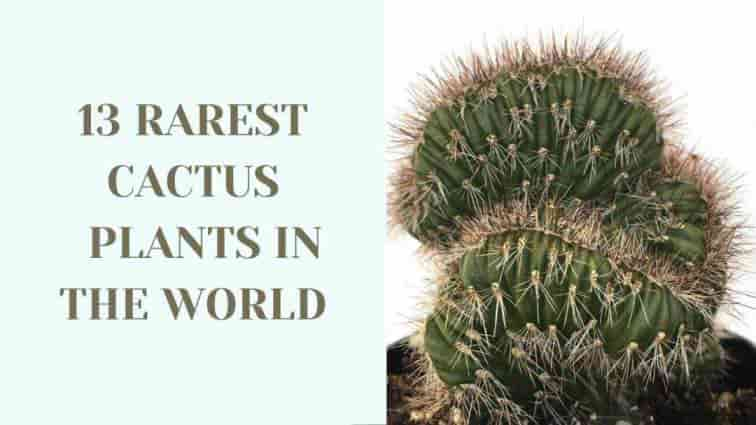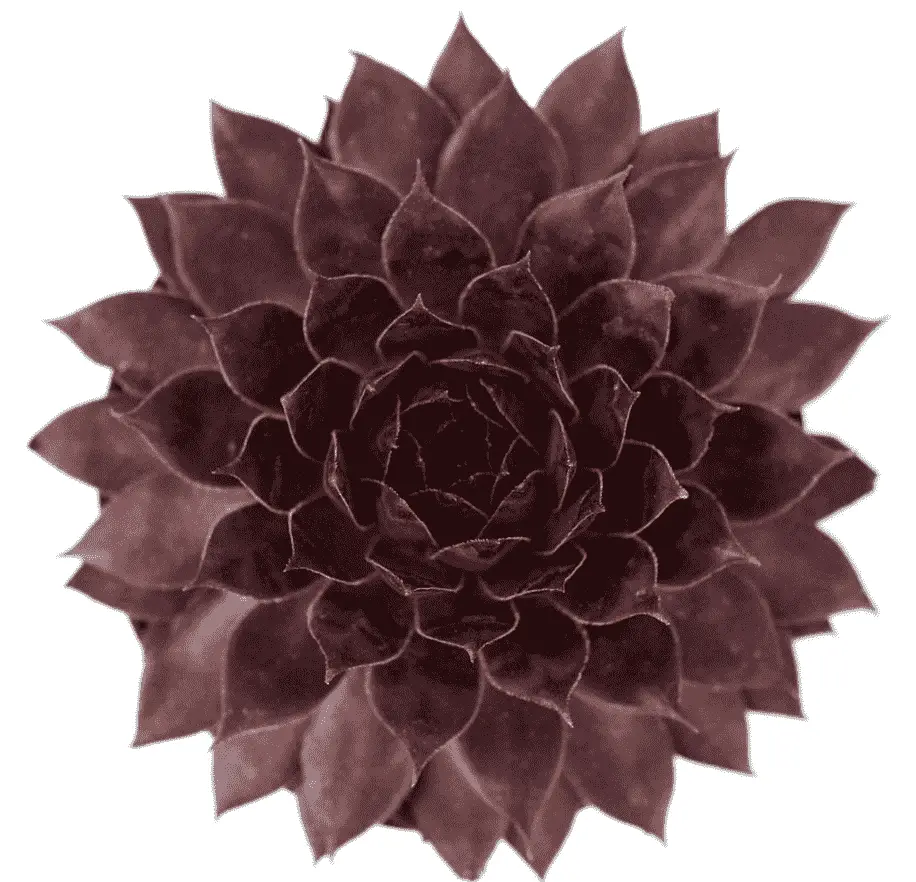
Picture via leafandclay
Basic Info
Sempervivum also knew too many as the “Pacific Devil’s Food”. As the succulent matures you can expect it to reach up to around 8 cm (3″) tall and about 16 cm (6″) in diameter. The plant is best known for the fleshy purple leaves that are one of the main feature of the succulent.
Scientific Classification
Family: Crassulaceae
Subfamily: Sedoideae
Tribe: Sedinae
Genus: Sempervivum
Care and Propagation Information
Watering
When watering the Sempervivum (or pacific devil food) be careful it is a plant that is sensitive to over-watering. It is a plant that needs to be thoroughly drenched in water and dried before watering again. The plant should be water mostly between Spring to Fall, let the plant dry thoroughly before watering again.
General Care for Sempervivum “Pacific Devil Food”
What kind of a plant carer should select the sempervivum “Pacific Devil Food”? It is perfect for a beginner plant grower. The plant does best when cared for indoor in a proper light home. If planted outdoors, it creates small clusters all around it, especially if planted in a rock garden for the winter months.
Quick Facts:
- Thrives best in full sun
- Should be grown outdoor
- Needs a similar amount of water as other succulents
- Becomes 8 cm (3″) Tall
- Becomes about 16 cm (6″).
- Best zoon for the plant is -34,4° C (-30° F)
- Best propagated with offsets
- Generally not known to be toxic to humans or animals
- Grows best during Spring and Fall
Where to Plant
Sempervivum is a plant that grows easiest in free-draining gritty compost. The plant handles cold very well, so if you live an area that is colder than -34,4°C ( -30° F ) use a succulent container. It makes it easier to transport the plant indoor and outdoor.
Sempervivum is a plant that requires up to 6 hours of sun when planted inside keep it on a window ledge. That means a south-facing window for most of us.
How to Propagate Sempervivum “Pacific Devil Food”
Learning how to propagate Sempervivum “Pacific Devil Food”, begin by selecting a sturdy, healthy leaf. Then remove the stem from the main plant, cut the stem off with a sharp knife. Pacific Devil Food is one of the species that easily drop its leaves; it can, however, be challenging to grow a large specimen.
Once the leaf is off the Sempervivum, let it sit for a few days before placing in nutritious and well-drained soil. The soil should be drenched thoroughly, never let the soil dry. Once the plant’s root has started to appear, let the plant take its time to grow.

